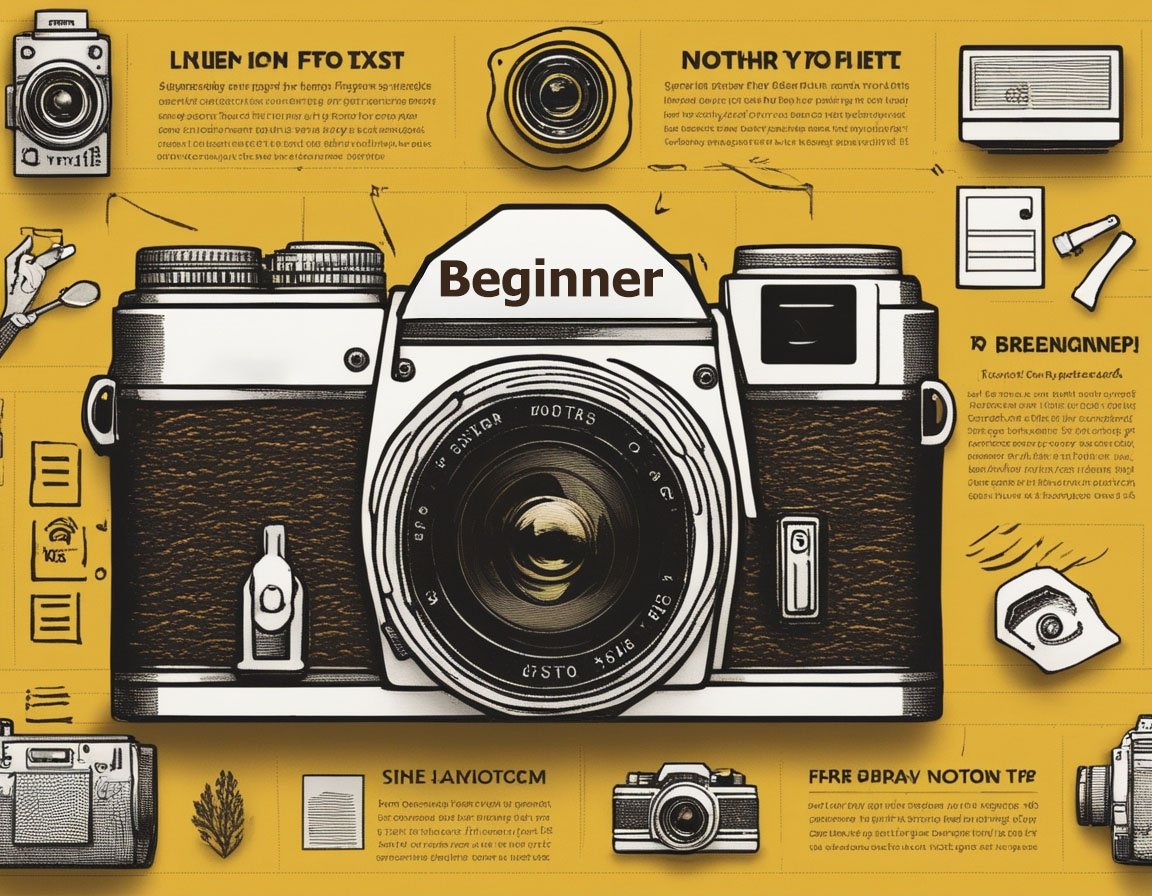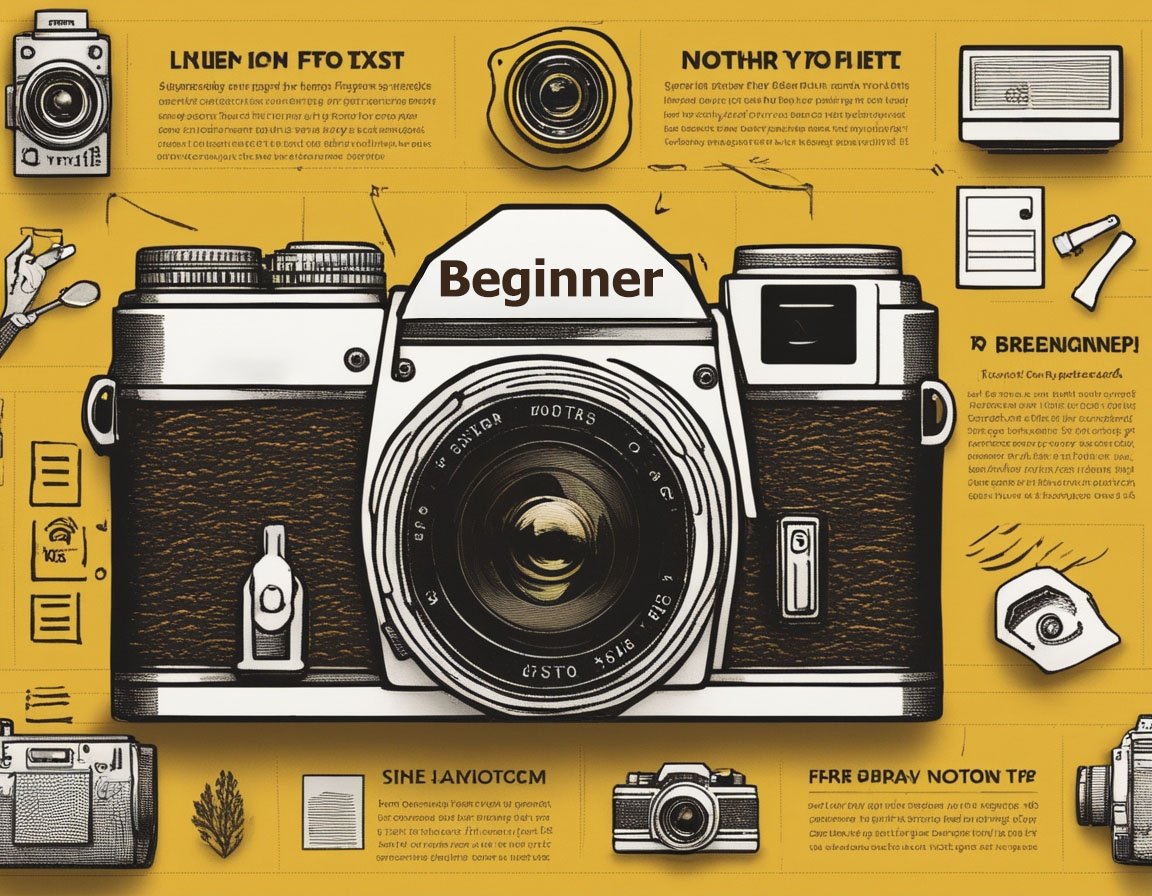Understanding Street Photography
Street photography captures candid moments of everyday life in public spaces. It’s about observing and documenting the world around you, often highlighting the beauty in ordinary moments. To get started, you should familiarize yourself with the genre by studying renowned street photographers like Henri Cartier-Bresson, Vivian Maier, and Garry Winogrand. Their work can help you understand the subtleties of visual storytelling and the importance of timing.
Choosing Your Gear
The beauty of street photography lies in its simplicity; you don’t need fancy equipment to get started. Many street photographers prefer small, lightweight cameras, which are less intimidating and more discreet. A compact camera with a prime lens, such as a 35mm or 50mm, is often ideal as it closely resembles human vision, offering a natural perspective that captures scenes authentically. If you prefer using a smartphone, ensure it has good image quality and explore photography apps for editing on the go.
Mastering Camera Settings
Familiarize yourself with your camera’s settings. Shooting in aperture priority or manual mode gives you control over depth of field and exposure. Street photography often benefits from a deeper depth of field, so set your aperture around f/8 to f/16. To freeze motion, choose a shutter speed of at least 1/250s. Use auto ISO to adapt to changing light conditions quickly.
Composing Your Shots
Effective composition can turn ordinary scenes into extraordinary photographs. Use techniques like the rule of thirds, leading lines, and symmetry to create engaging images. Pay attention to the background and foreground; they can add context and storytelling elements. Incorporating interesting elements like shadows, reflections, and silhouettes can also add depth to your photos. It’s essential to be patient and wait for decisive moments where different elements in the frame come together perfectly.
Approaching Subjects Respectfully
Street photography often involves photographing strangers, so approach this task with respect and sensitivity. If you’re capturing portraits, try to make eye contact, smile, or gesticulate to ask for permission non-verbally. If someone objects to being photographed, respect their wishes and move on. Learning basic phrases in the local language, showing the photo afterward, and avoiding invasive photography can aid in creating a positive experience for both you and the subject.
Staying Mindful of Legal and Ethical Considerations
Familiarize yourself with local laws regarding street photography, as some countries have strict privacy laws. Ethically, consider whether your images depict subjects in a respectful and non-exploitative manner. Public spaces often offer more freedom, but it’s crucial to use your judgment to ethically portray your subjects without causing discomfort or distress.
Editing Your Photos
Post-processing is an integral part of photography that can enhance the mood and feel of your photos. Use editing software like Adobe Lightroom for basic adjustments—tweaking exposure, contrast, and color balance. Converting your images to black and white can also emphasize composition and emotion, removing distractions caused by color. Avoid over-editing; strive to maintain the essence and realism of the captured moments.
Practicing Stealth and Steadiness
Being unobtrusive is key in street photography. Dress inconspicuously, so you blend into your environment. Practice shooting from the hip or holding your camera lower for a candid perspective. Learn to anticipate movement and scenes, placing yourself strategically where interesting action unfolds. Practicing steadiness without looking rushed or anxious helps in getting sharper images and also maintaining some degree of anonymity.
Exploring Different Locations
Each location presents unique opportunities and challenges. Bustling city streets, peaceful parks, and community events provide varied subjects and contexts. Experiment with different settings—mornings when people commute to work, afternoons when street performers animate public spaces, or evenings with striking lights and shadows. Revisiting favorite locations at different times can reveal new aspects and offer diverse photographic opportunities.
Building a Unique Style
Developing a personal style takes time and experimentation. Consistent themes, use of color, or specific subjects can make your work recognizable. Whether you prefer vibrant colors or classic monochrome, or whether you focus on expressions or architectural elements, find what resonates with you. Connect with other photographers, share your work on platforms like Instagram or Flickr, and seek feedback to refine your vision.
Cultivating Patience and Persistence
Street photography is about patience and persistence. Not every photo session will yield fantastic images. Cultivate the habit of regularly shooting, even when inspiration wanes. Street photography is as much about honing your observation skills and learning to anticipate moments as it is about operating your camera. Stay curious and open-minded, and enjoy the process of capturing fleeting moments in time.



